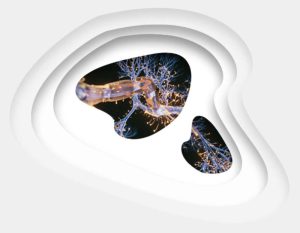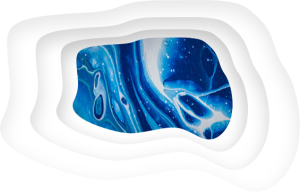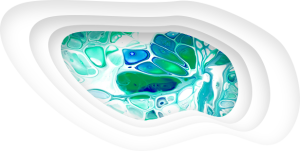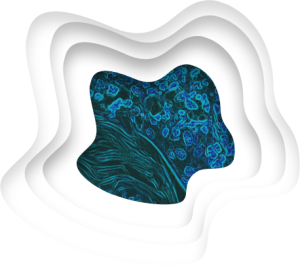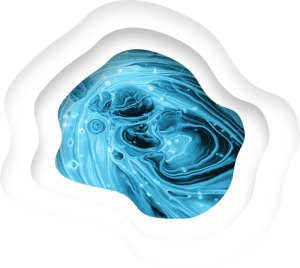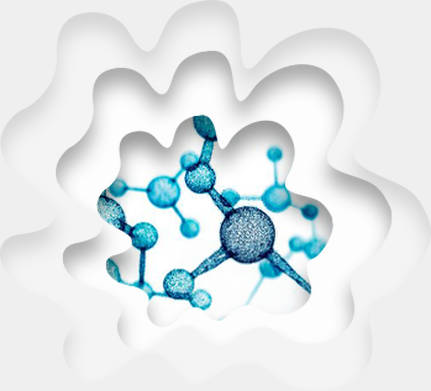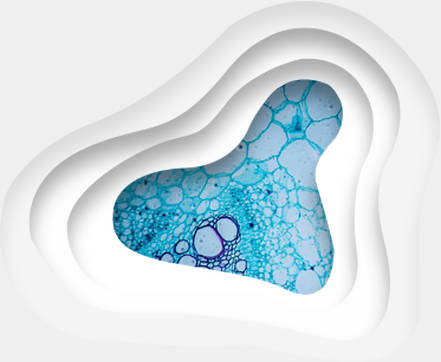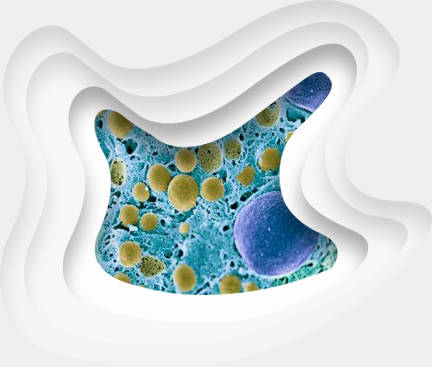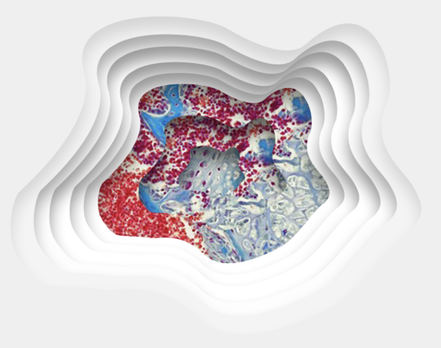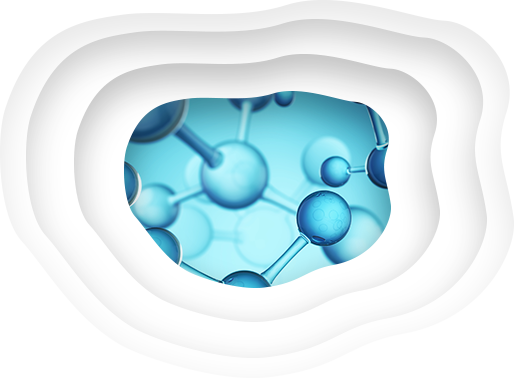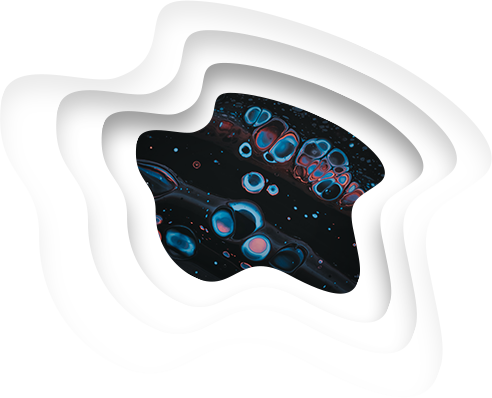8 major publishers unite to solve the image manipulation problem in research publications
Problem:
Image manipulation: ~1/5th of the published life-sciences papers contain at least 1 digitally altered image.
Solution:
Stronger best-practice recommendations created for journal editors for more stringent scrutiny at the submission and publication stages.
Worked on by:
A working group consisting of representatives from 8 big publishers, for e.g., Springer Nature, Wiley, Elsevier, JAMA, etc. along with the industry group STM (The Hague, the Netherlands)
3-tier classification system & action plan:
Level 1:
Doctored for beautification, unequivocal/possible aberrations restricted to a subset of image panels, irregularities due to inadvertent mistakes, etc. with no evidence of intent to mislead and that do not affect the conclusion or interpretation of the paper
Action plan:
- Editors ask authors to provide source data and explain.
- If a satisfactory response is received, editors accept revised figure(s) if the interpretation of the paper is not affected significantly and may choose not to report to the author’s institution.
- For transparency, the issue may be noted in the review process documentation without undue exposure of the authors.
Level 2:
Significant and undeclared modifications beyond standard scholarly practice that change the scientific conclusions of the key data. Potential falsification/fabrication such that intent to mislead cannot be excluded without a detailed formal investigation.
Action plan:
- Authors are asked to provide source data and explain.
- Revision may be allowed depending on the authors’ explanation, provision of authenticated source data, and severity of the manipulations.
- If the figures in an already published paper show aberrations that undermine the main conclusions of the study, the editors may decide to retract the paper, OR a corrigendum or “retract and replace” may be allowed.
- All non-confidential correspondence about the issue is to be included in a paper’s peer-review file.
Level 3:
Severe image manipulation, selective reporting/cropping such that the images don’t represent the original data, and/or mislabeling or duplication seen in more than one image, with unequivocal evidence of obfuscation or fabrication and an intent to mislead.
Action plan:
- If no adequate and compelling explanations or source data are provided by the authors, then the manuscript should be rejected, and the authors’ institution should be notified. Institutional investigations will inform corrective measures, as appropriate.
- If the same suspicious data or figures are spotted as published in another journal, then that journal should be notified. Editorial notes or “Expressions of Concern” must be released. Subsequent publication of the data in other journals will be monitored.
- If detected after publication, the paper must be retracted if the authors don’t provide a compelling explanation and all source data.
Contact Cactus Life Sciences and work with our experienced team of over 120 scientific writers. We offer efficient workflow in both traditional and digital formats.
References:
- https://www.nature.com/articles/d41586-021-02610-7?utm_source=Nature+Briefing&utm_campaign=ceb650a5fa-briefing-dy-20210929&utm_medium=email&utm_term=0_c9dfd39373-ceb650a5fa-44559361
- https://osf.io/kgyc6/
Share this post
About the author

Kwisha Shah
Kwisha Shah is Marketing Content Manager, Thought Leadership, at Cactus Life Sciences.

